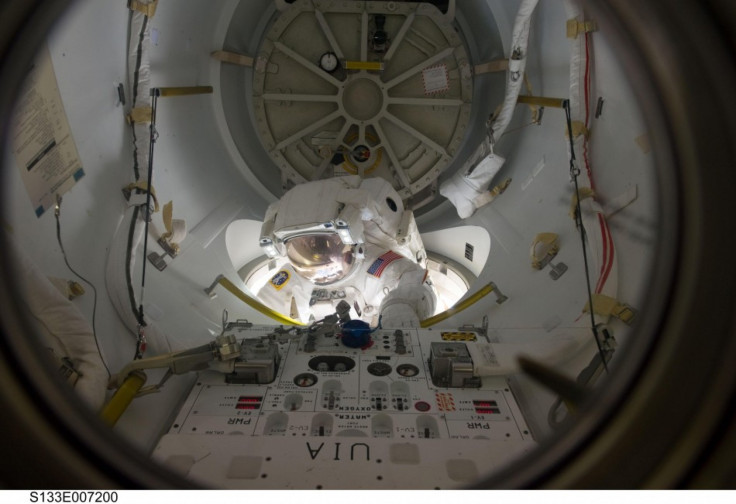International Space Station to Retire in Pacific Ocean, 2020? [PHOTOS]

Russia announced Wednesday that the International Space Station -- sitting some 200 miles above the Earth's surface will retire in 2020, in the Pacific Ocean. In 2001, Russia sank the Mir space station into the Pacific.
"We will be forced to sink the ISS. We cannot leave it in orbit as it is a very complicated and a heavy object," Roscosmos' deputy head Vitaly Davydov said via Discovery News.
"The only way to dispose of the station is to sink it," agency press secretary Anna Vedishcheva said, "to avoid the appearance of a large amount of space debris in orbit.
"The partners have agreed to continue the ISS operation until 2020. The partners will also approve an extended period of the ISS," continued Vedishcheva .
The plan is said to have been long in the works, and will avoid the station becoming a dangerous "space junk." Initially, the space station was supposed to be released into the depths of the ocean as early as 2015, but the U.S. recently extended its life for an additional five years.
But, a congressional representative told FoxNews.com "This isn't the first time I've seen Russia come out with a statement that seems to be coming out of their own stovepipes. I would give it no credence at all."
"The partnership is currently working to certify on-orbit elements through 2028," NASA spokesman Joshua Buck told FoxNews.com.
The International Space Station is the largest orbiting outpost ever to be built and can host six residents. The station can, at times, be seen from Earth without the use of telescope.
In 2010, the International Space Station celebrated its 10 anniversary of continuous human occupations. Since Oct. 31, 2000, the station has been visited by 196 people from eight different countries.
Facts about the International Space Station:
- The ISS solar array surface area could cover the U.S. Senate Chamber three times over.
- ISS eventually will be larger than a five-bedroom house.
- The entire 55-foot robot arm assembly is capable of lifting 220,000 pounds, which is the weight of a Space Shuttle orbiter.
- More than 100 space flights will have been conducted on five different types of launch vehicles over the course of the station's construction.
- The ISS will weigh almost one million pounds (925,627 lbs). That's the equivalent of more than 320 automobiles.
- The ISS measures 357 feet end-to-end. That's equivalent to the length of a football field including the end zones (well, almost - a football field is 360 feet).
© Copyright IBTimes 2024. All rights reserved.











